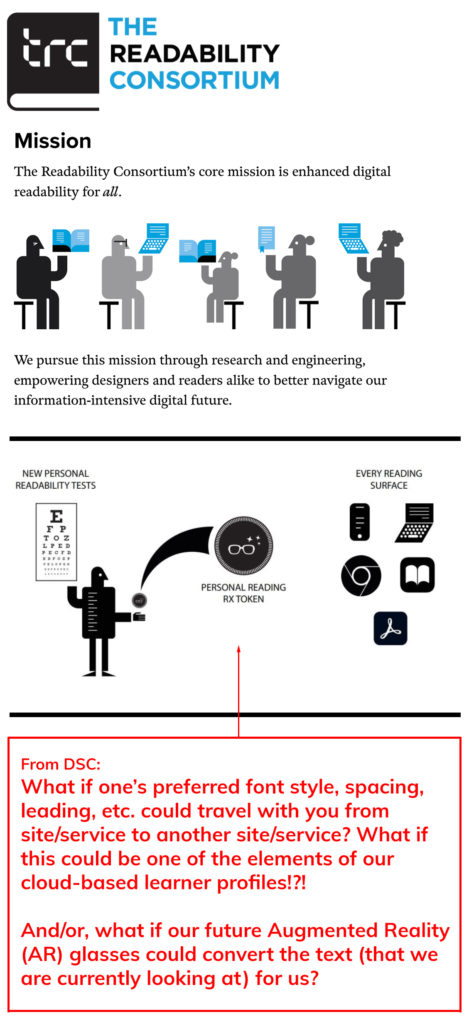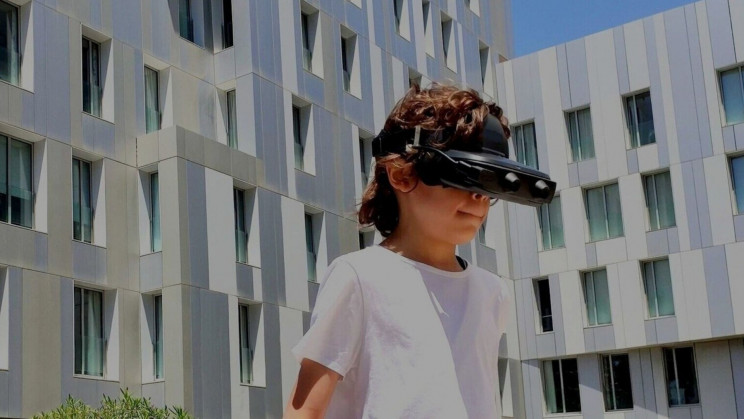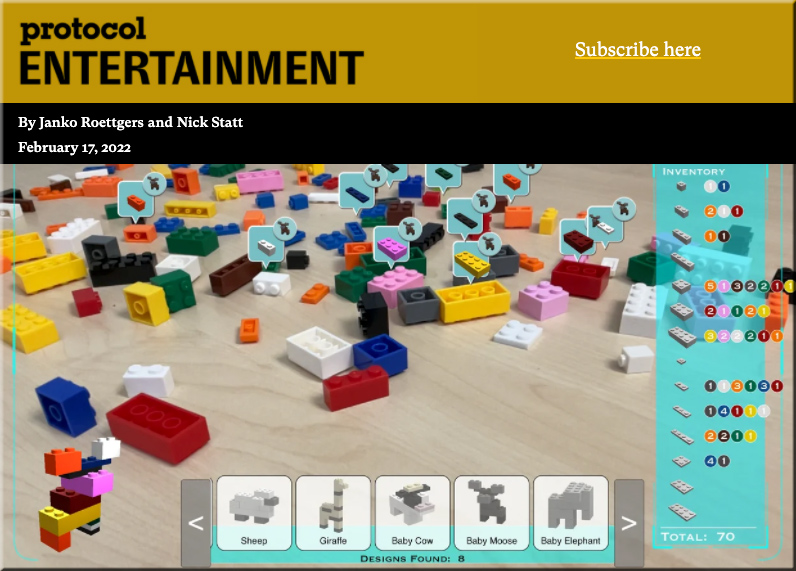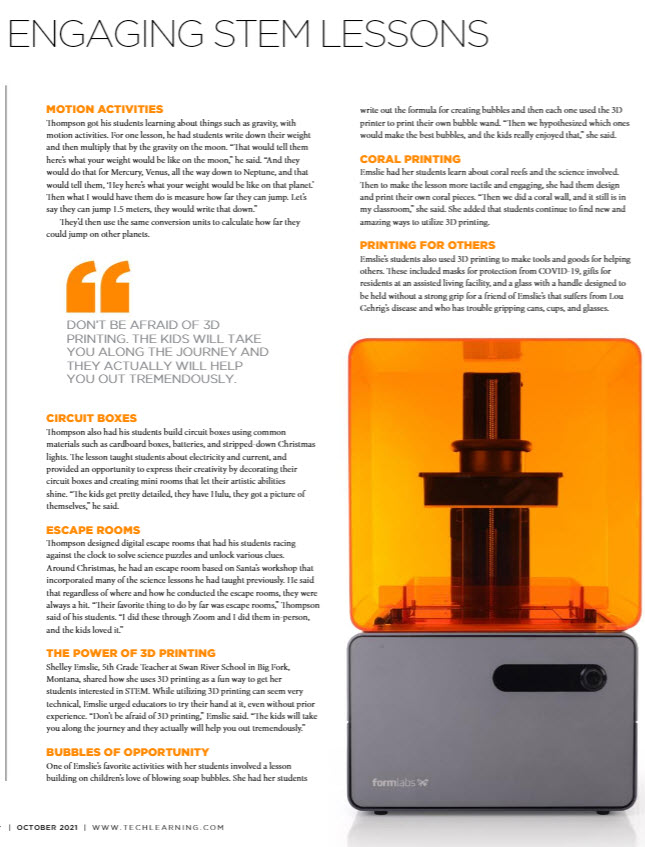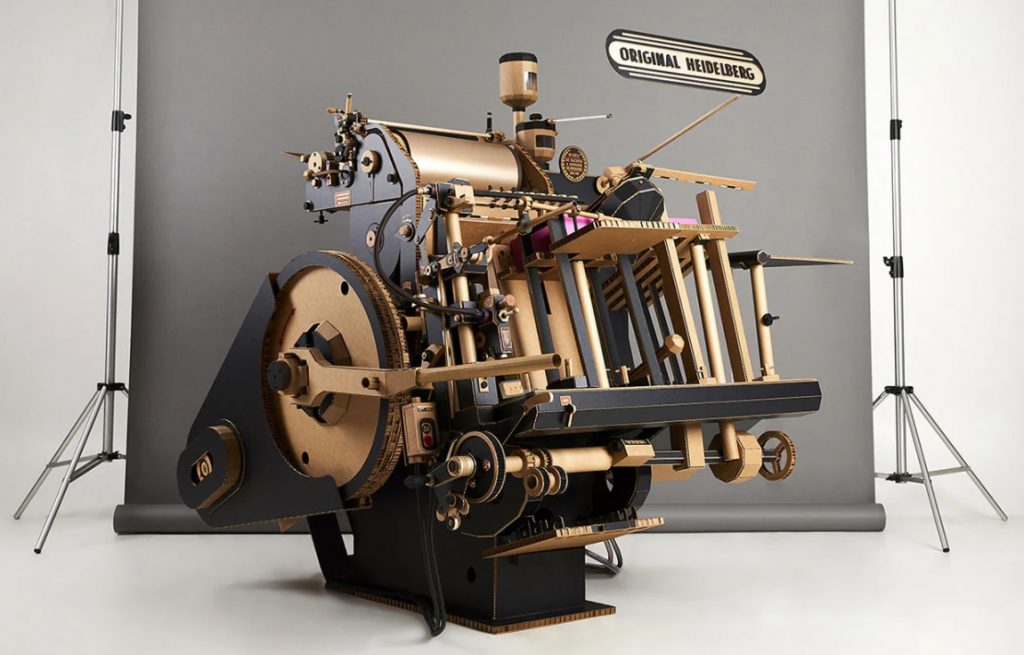Amazon Contractors Are Revolting, Here Are Their Demands — from interestingengineering.com by Loukia Papadopoulos
Two major delivery partners announced they chose to shut down rather than keep sating Amazon’s draconian demands.
Excerpt:
The firms essentially offered Amazon an ultimatum to either agree to a set of conditions that they said would improve driver safety, or they would shut down — well, Amazon is their only client. Amazon refused, and the two companies actually followed through with their ultimatum.
From DSC:
Our son, who is college age, worked at an Amazon distribution center last summer. He is typically a healthy person. But his back and knees did not do well over the summer. After just a few weeks of having to meet an aggressive (and constant) quota of items being shipped, pains and issues started appearing. I don’t know how some of their employees keep up the pace that they are required to maintain…hour after hour after hour after hour…day after day, month after month.
Also see:
Amazon is destroying millions of unsold goods, from smart TVs to laptops — from fastcompany.com by Lucy Wishart
An Amazon warehouse exposé in the UK underscores a larger problem with how goods are treated as disposable.
Excerpt:
A recent undercover investigation in an Amazon warehouse in Dunfermline, Scotland, reported the disposal of more than 130,000 “new or lightly used” objects in a single week in just that one location. Public outrage was clear. Questions were asked about how Amazon could be so wasteful and why weren’t the usable objects sent to those in need?









